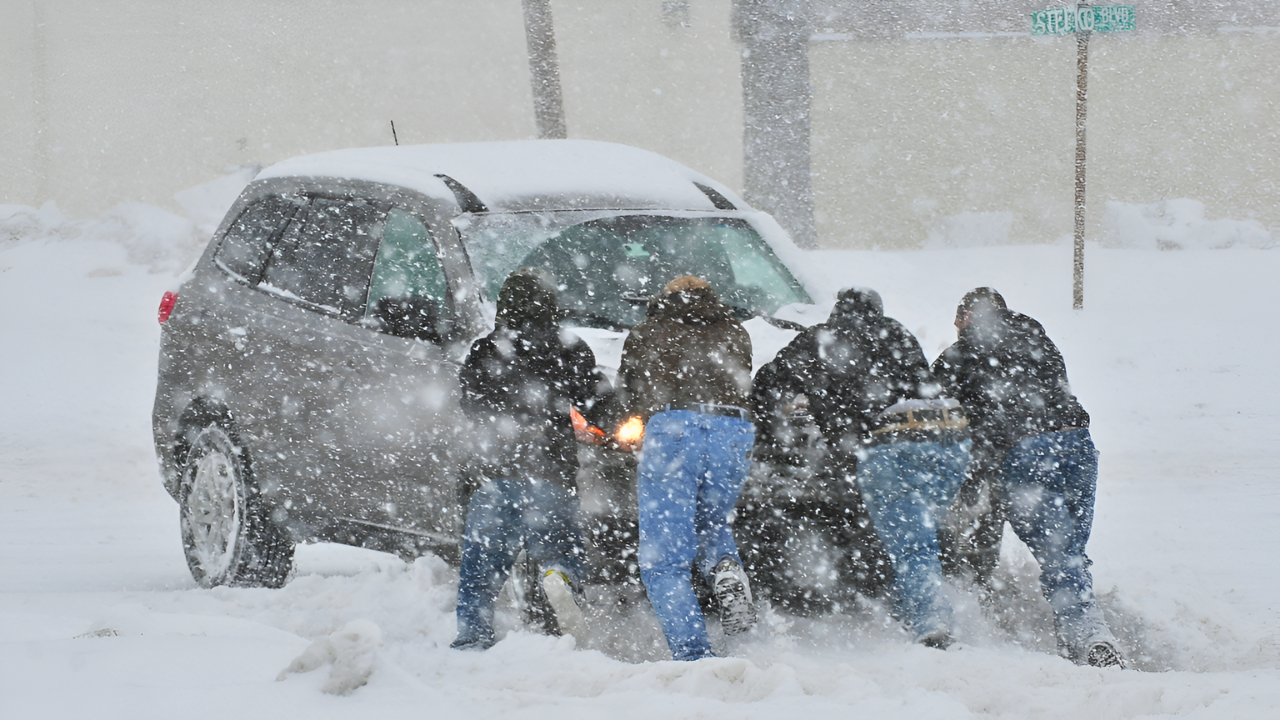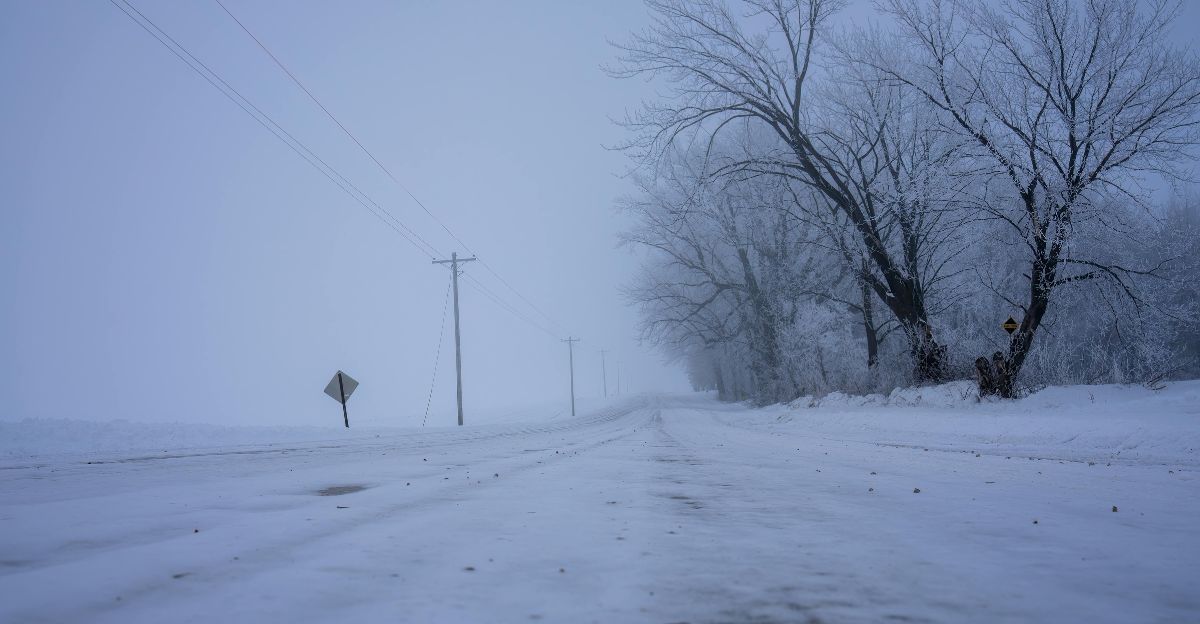
As Thanksgiving week begins, millions of Americans face a daunting challenge: two powerful storm systems are converging over the Midwest and Northeast, threatening to upend travel plans for the busiest holiday period of the year. With highways vanishing beneath whiteout conditions and airports bracing for widespread delays, forecasters warn that the combination of record travel volume and severe weather could create unprecedented chaos.
Record Numbers on the Move

AAA estimates that 82 million Americans will travel for Thanksgiving in 2025, marking the highest volume ever recorded. The vast majority—about 73.8 million travelers—will drive, placing them directly in the path of the storms. The first system is expected to bring heavy rain to southern regions and the Northeast on Tuesday, while a second, more severe system arrives Wednesday, delivering up to eight inches of snow, dangerous winds, and blizzard conditions across the Midwest and northern states.
During peak hours, as many as one million vehicles could be on the roads simultaneously in affected states. Major highways, including Interstate 80 through Iowa and routes across northern Michigan, Minnesota, and New England, are forecast to experience hazardous conditions, with near-zero visibility and the risk of road closures.
High-Risk Regions and Blizzard Threats

Meteorologists have identified several high-risk zones where travel will be especially dangerous. An estimated 15 to 20 million people live in areas most likely to be impacted, including central Iowa, northern Michigan, Minnesota, and northern New England. Central Iowa is expected to see the heaviest snowfall, with possible closures along Interstate 80. Northern Michigan could receive up to eight inches of snow, intensified by lake-effect bands, while Minnesota faces potential blizzard conditions.
In Vermont, New Hampshire, and Maine, mountain passes may become treacherous as the storm tracks northeast. Snowfall will transition from heavy and wet to powdery as temperatures drop and winds increase, further reducing visibility and creating drifting snow. Wind speeds are forecast to reach or exceed 35 mph, meeting the criteria for blizzard warnings when combined with falling and blowing snow. These conditions could persist for three hours or more, posing extreme risks for drivers and increasing the likelihood of accidents and stranded vehicles.
Polar Vortex Intensifies the Crisis
Adding to the severity, an unusually early polar vortex is amplifying the influx of Arctic air into populated regions. Typically a concern in January, this rare November event is the result of stratospheric warming, which has weakened atmospheric containment and allowed frigid air to surge southward. From November 25 to 29, central regions will experience temperatures 15 to 25°F below average, ensuring that precipitation falls as snow rather than rain and maximizing travel disruptions.
Airport and Rail Delays Ripple Nationwide

Air travel is also expected to be severely affected. Of the six million Americans flying for Thanksgiving, up to 40% of flights in impacted regions could face delays or cancellations, especially on Wednesday, November 26—the busiest day for air travel and the peak of the storm. Major hubs such as Chicago O’Hare, Minneapolis-St. Paul, Detroit, and Boston are bracing for cascading delays that could ripple across the country. Amtrak’s Northeast Corridor and Midwest routes are likely to experience similar disruptions.
Travelers are advised to avoid peak congestion on Tuesday afternoon and Wednesday, as well as the busy return day on Sunday. Those with flexible schedules should consider departing Monday or delaying their trip until Friday to minimize exposure to hazardous conditions.
Preparing for the Worst

Authorities urge all travelers to prepare for emergencies. Drivers should check travel advisories frequently, allow double the normal driving time, and pack supplies including blankets, food, water, phone chargers, and first aid kits. Vehicles should be winter-ready, with proper tires and fluids. Air travelers are advised to book early flights, build in connection buffers, purchase travel insurance, and prepare for possible overnight airport stays.
All travelers should monitor weather forecasts hourly, sign up for alerts, share itineraries, and keep gas tanks at least half full. Meteorologists emphasize that even brief periods of rain or snow during heavy travel can cause significant disruptions, and conditions may deteriorate rapidly.
Looking Ahead: Unprecedented Stakes
This Thanksgiving presents a convergence of factors not seen in previous years: record travel numbers, an early polar vortex, perfectly timed storms during peak travel days, widespread geographic impact, and a persistent cold pattern extending into December. The economic consequences could be substantial, with billions at stake in travel, lodging, dining, and retail sectors. Hotel bookings, restaurant reservations, and Black Friday shopping may all be affected, while emergency services brace for increased demand.
Forecasts remain subject to change, with meteorologists closely monitoring storm tracks, polar vortex evolution, and lake-effect snow potential. Travelers are urged to check updates every six to twelve hours and honestly assess whether the risks justify their trips. With conditions poised to change quickly, those who must travel should depart early, avoid Wednesday if possible, and prepare for worst-case scenarios—including the possibility of overnight road strandings.